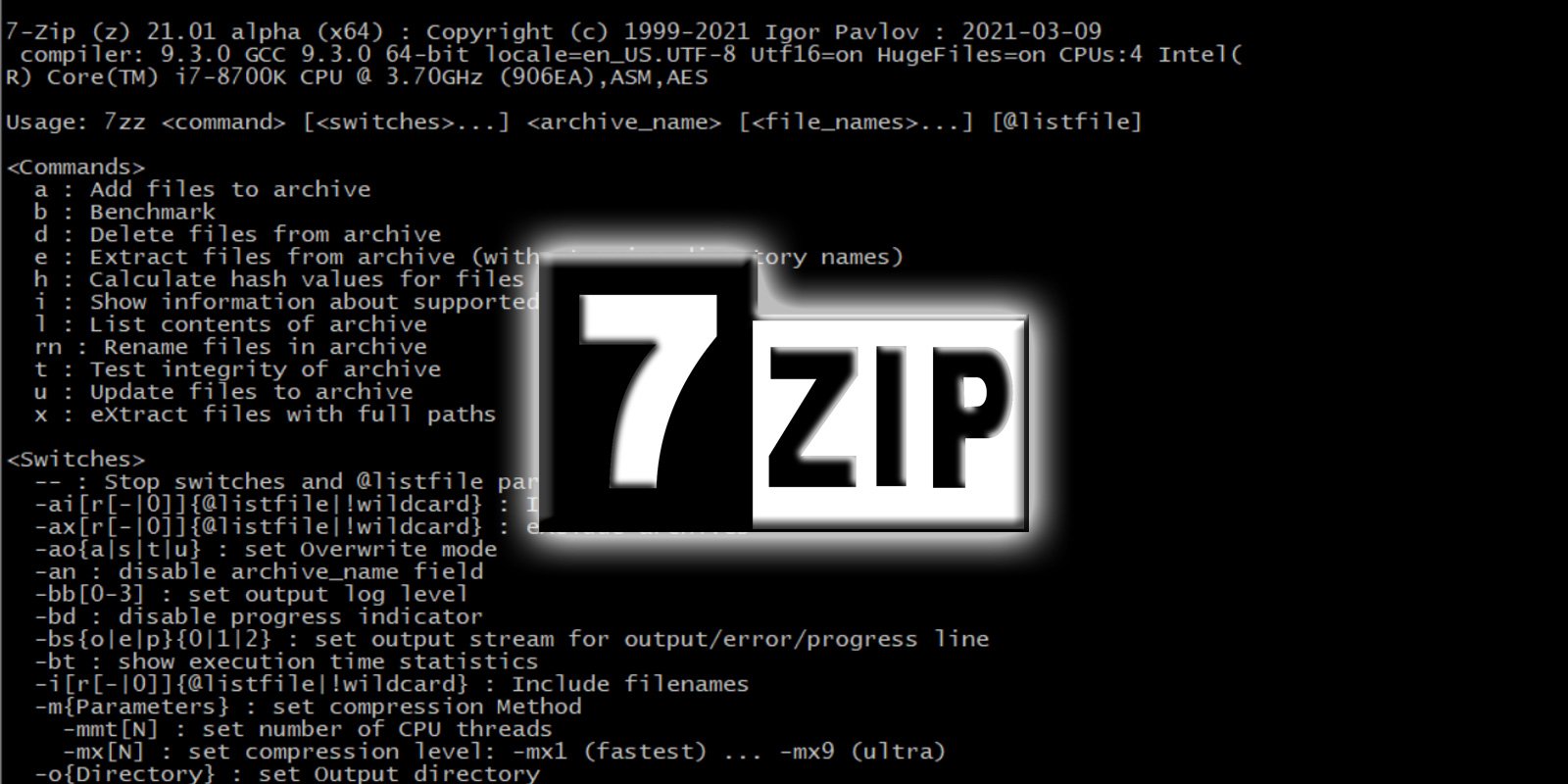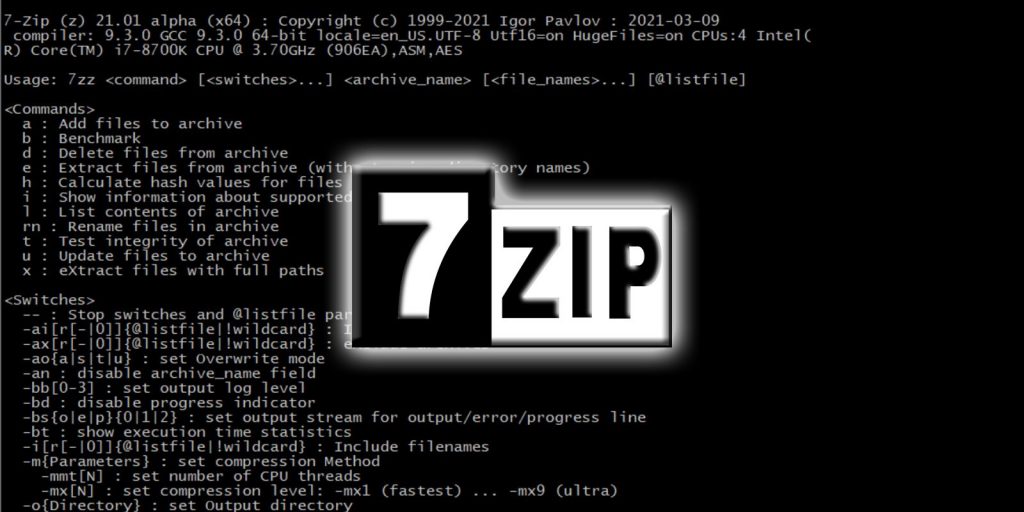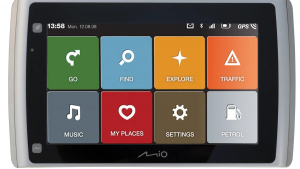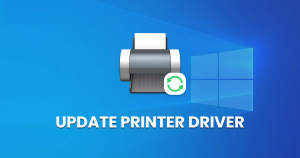Features of first official Linux version Which is Released by 7-Zip Developer

- AMC FreeSync display stand
- Power management
- Data encryption
- Raspberry Pi touch screen support
- Advanced ARM hardware support
- Early support for NVIDIA Turing
- WireGuard support
The long-awaited Linux Kernel update has finally been released. Now let’s take a look at all the new
features it offers.
Linux warned the public not to expect a significant difference from his predecessor. They announced
that the Linux Foundation would not make a “feature-based release.” So calling him 5.0 instead of 4.22
is his problem of “running out of fingers to count.”
More exciting updates include AMD FreeSync support, data encryption, improved power management,
official Raspberry Pi touchscreen support, and hardware support.
New in Linux
A new stable kernel version for Unix-like operating systems has been released.

- AMC FreeSync display stand
The first important change is that it works with AMD FreeSync with the help of Mesa 19.0.
This synchronizes the refresh rate to the frame rate per second (FPS), which corrects tearing and
stutters. That is, the computer refresh rate is constant, but the FPS is not. Therefore, synchronizing the
FPS to the refresh rate can add input lag and is unreliable.
Therefore, the refresh rate determines how fast the FSP sends the frames it displays on the monitor. - Power management
Linux brings improved power management with Energy-Aware Scheduler (EAS). Your job is to efficiently
handle systems with asymmetric CPU topologies such as big. Improve performance and reduce energy
usage by making energy-efficient scheduling decisions. - Data encryption
Adiantum Data Encryption, which replaces Speck, an encryption algorithm developed by the National
Security Administration (NSA), is part of the new Linux combination window. Designed primarily for low-
end Android Go devices, it is part of the encryption subsystem and has high-speed file system
encryption.
Also, Adiantum has become part of the script, the management tool used to encrypt Linux file systems.
Therefore, it contributes to the desktop user experience via native F2F and EXT4.
Users with high data security priorities will find this innovation very valuable. - Raspberry Pi touch screen support
For the first time, the Linux kernel will support the Raspberry Pi touchscreen with official drivers.
Powered through general-purpose input/output (GPIO) pins, the Raspberry Pi connects to the touch
screen via the DSI port. This raspberry pi-ts controller receives information from the mapped memory
area via the Raspberry Pi firmware.
This support allows Raspberry Pi enthusiasts to develop their own DIY smart information displays and
tablets.
- Advanced ARM hardware support
ARM processors are powerful because they can perform many tasks at the same time. For this reason,
ARM architecture chipsets are found on most Android smartphones and tablets. Operating systems are
so widely used that it is essential to support such popular processors.
Enhanced ARM support provides pointer authentication, a security feature built into the code of the
ARM architecture. This support allows the pointer to be signed and authenticated against the private
key, thus protecting the kernel from Return-Oriented Programming (ROP) attacks. - Early support for NVIDIA Turing ™ architecture
Game enthusiasts are particularly excited to find that the new Linux is compatible with the architecture.
It is one of the most advanced GPU architectures on the market. It provides highly realistic graphics for
PC games and accelerates the editing of visual content. In addition to simple use cases, this GPU
architecture can find its location in the data center, run demanding applications, and be used for
machine learning.
Its most exciting features include rasterization, ray tracing processors, computing, artificial intelligence
(AI), and improved tensor core performance. - WireGuard support
WireGuard has been added to Linux 5.6 and may replace OpenVPN for a variety of reasons.
You can learn more about WireGuard on the official website. Of course, if you’ve used it, you may know
why it could be better than OpenVPN.
Ubuntu 20.04 LTS also adds support for WireGuard. - USB4 support
Linux 5.6 also includes support for USB4.
According to the announcement, “USB4 doubles the maximum total bandwidth of USB and enables
multiple simultaneous data and display protocols.”
You also know that USB4 is based on the Thunderbolt protocol specification, but it is backward
compatible with USB 2.0, USB 3.0, and Thunderbolt 3. - F2FS data compression using LZO / LZ4
Linux 5.6 also comes with support for F2FS data compression using the LZO / LZ4 algorithm.
In other words, this is a new compression technology for Linux file systems that allows you to choose a
specific file extension.
- Fixes the Year 2038 problem on bit systems
Unix and Linux store time values in 32-bit signed integer format with a maximum value of 2147483647.
If this number is exceeded, an integer overflow will cause the value to be stored negatively.
Linux’s latest version has a fix for this issue that allows 32-bit systems to run beyond 2038. - Improved hardware support
Like all recent versions of the kernel, hardware support has been improved in kernel 5.6. Plans that
support new wireless peripherals are prioritized here.
Other changes in Linux 5.0 include:
• Support for NXP i.MX8 SoC
• Support for Allwinner T3, Qualcomm QCS404, and NXP Layerscape LX2160A
• Intel VT-d scalable mode support for scalable I / O virtualization
• Updated Realtek R8169 driver
• Logitech’s high-resolution scrolling support
• Support for Chameleon 96 Intel FPGA board
• Updated x86 laptop driver
• Support for different Vega MGPUs and Vega IDs
• Thunderbolt security enhancements
Do you need to download the latest Linux version?
Do not try the kernel yourself unless you have a lot of experience and good reason. The best idea is to
wait for a stable version of the Linux distribution that contains the kernel.
Linux new version can be downloaded from the official Linux Kernel website. However, it is generally not
recommended for regular users to manually update the Linux kernel.
In addition to all these essential additions/support in Linux, there are some other changes added to this
version of the kernel.
AMD Zen power/temperature reporting improvements
Solution for overheating AMD CPUs on ASUS TUF laptops
Support for NVIDIA RTX 2000 “Turing” open-source graphics
FSCRYPT online encryption.
If you are looking for free guest posting website, then get in touch with us now





